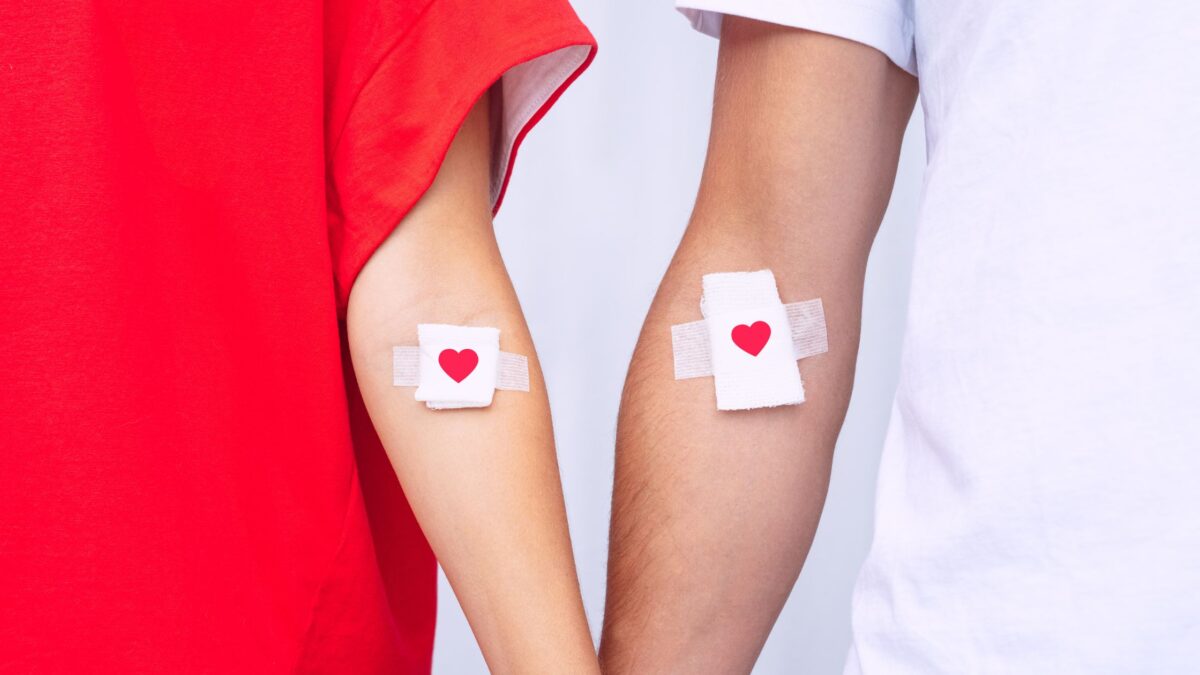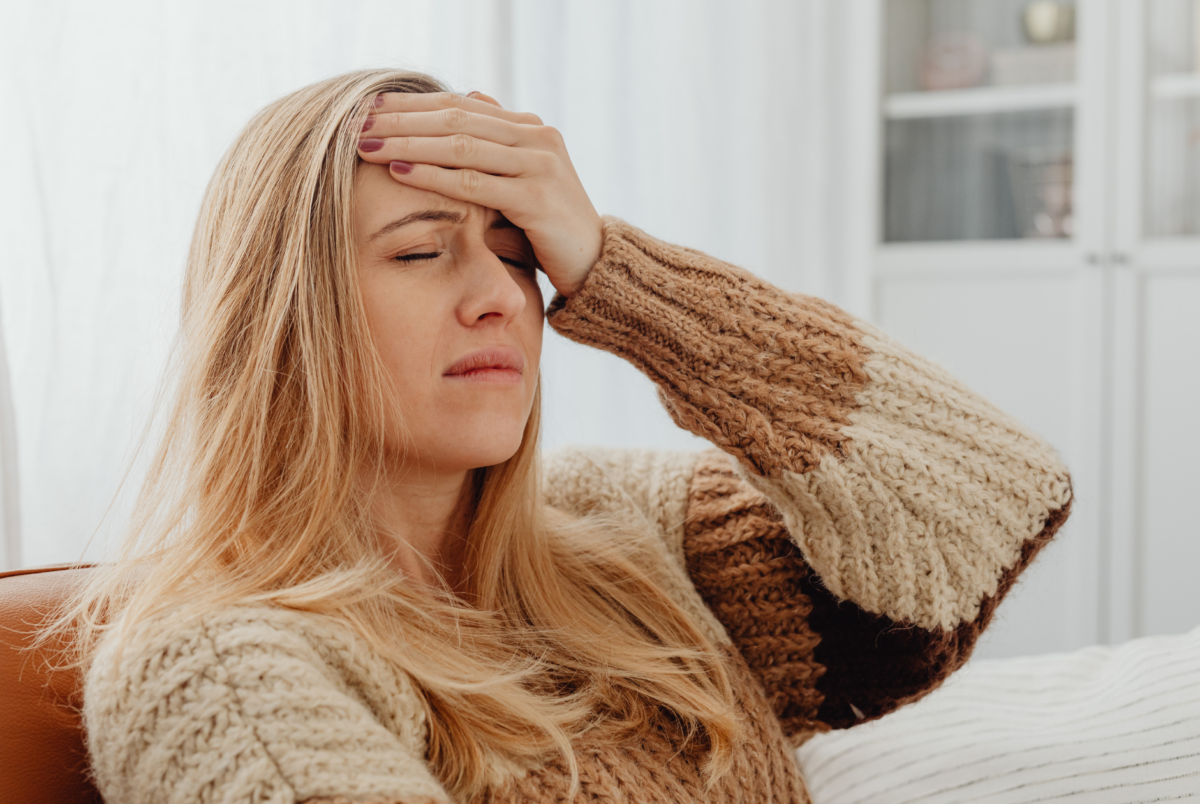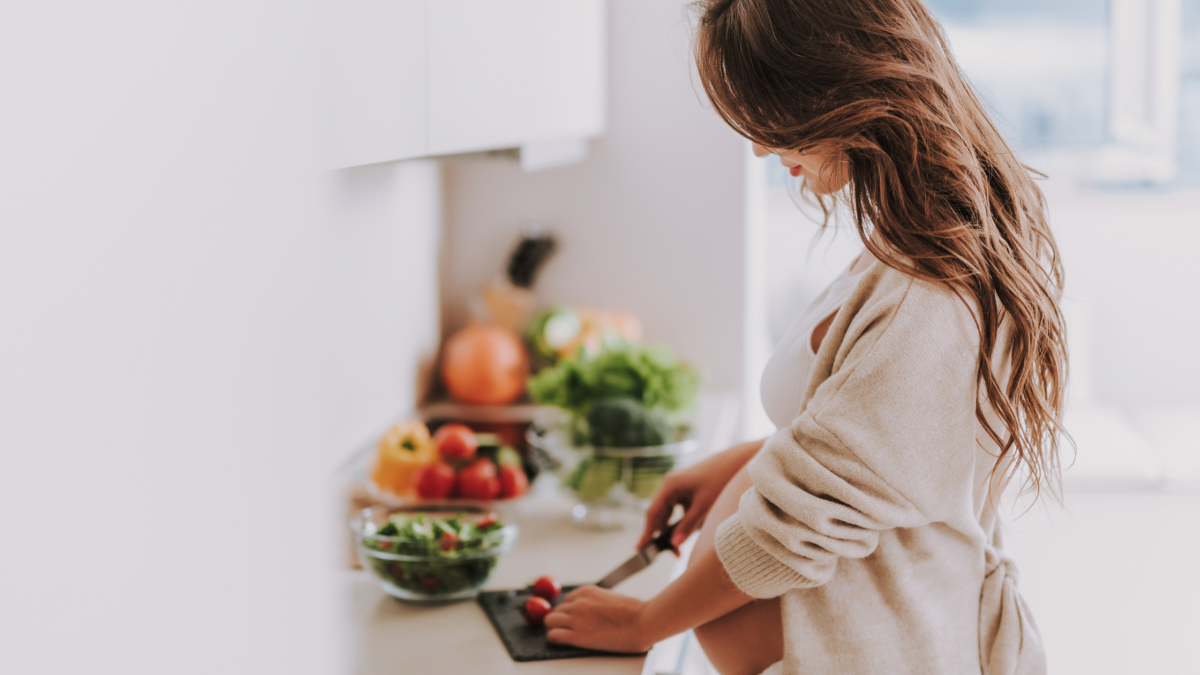How did you sleep last night? This is one of the most important questions when it comes to health. Sleep is a foundational pillar that lies at the root of many health concerns.
I would suggest that it’s even more foundational than diet quality and nutrition! The quality of sleep influences your food preferences and choices throughout the day.
Quality matters more than quantity when it comes to sleep. You progress through multiple phases throughout the night:
- 4 REM cycles (rapid eye movement)
- 4 non-REM or deep-sleep cycles
- Light sleep in between.
- The pattern looks like light sleep > non-REM > REM > Repeat x 4.
You must cycle through each subsequent phase to achieve quality sleep. In general, this takes about 8 hrs, but it depends on how efficiently you enter each phase. The cycle progression is referred to as “sleep architecture.”
This month, I want to offer you some simple, cost-effective, yet powerful tools and practices to improve sleep quality. If you have any health concerns and you’re not sleeping well, I guarantee that you will start to see health improvements by first addressing sleep. So why not start tonight?
This newsletter covers:
- How to tell if you’re getting less-than-ideal sleep quality.
- Behavioral things you can do now to start improving sleep.
- Invaluable tools that further enhance sleep quality.
How Are You Sleeping?
Are you experiencing anxiety, depression, or mood swings, or do you get emotional easily throughout the day?
What about uncontrollable cravings, blood sugar dysregulation, shakiness, or dizzy spells?
Trouble concentrating, forgetfulness, find yourself walking into a room and forgetting why you came? Struggling to find words or jumble words when speaking?
If you could answer yes to any of these symptoms, it’s time to evaluate your sleep quality. Health should be approached hierarchically, and sleep is at the base of the hierarchy.
Sure, you can put interventions in place that help with specific health concerns, but if poor sleep is contributing to them, any other approach is only a band-aid. It does not address the root cause. Here are more signs of sleep issues.
You likely are not getting quality sleep if you experience any of the following:
- You do not wake feeling rested or struggle to get out of bed due to tiredness.
- You need stimulants like coffee to get going in the morning.
- You feel exhausted throughout the day.
- Mild physical activity wears you out more than it seems it should.
- You snore.
- You wake more than twice to urinate throughout the night.
- You wake with drool on your pillow.
- You’re a mouth breather or have trouble breathing through your nose.
- You have issues falling asleep, staying asleep, or falling back asleep after waking during the night.
- You wake up at the same time each night.
- You get less than 7hr of sleep.
- You get less than 2hr of natural sunlight exposure and/or have bright lights on after sunset.
Start Improving Sleep Quality
The Sun and Moon – Light Patterns
Humans are diurnal creatures. This means our internal metabolic and circadian clocks follow the patterns of the sun. Anchoring your circadian rhythm to the day and night cycles is the first place to start to improve sleep.
Our two most important chemicals when it comes to sleep and wakefulness are melatonin and cortisol, respectively.
We want cortisol to be highest in the morning, while melatonin should be low (cortisol is not bad in this regard, it’s how we are able to wake up). This pattern should be flipped in the evening with high melatonin and low cortisol.
The regulator of these two hormones is light. Humans used to only be exposed to natural light during the day and no light except for fire at night. That has drastically changed in our modern world.
Here’s how to manipulate light to improve sleep quality.
- Get morning sunlight exposure. This step is critical and should not be skipped! 10-15 min immediately after waking. I only recently started making a point to do this, and I can’t tell you how much of an improvement it made!
- Let the light in. Avoid wearing sunglasses when outside during the day, don’t wear blue-blockers during the day (this is important!), and get as much sunlight as you can. You NEED blue light coming into your eyes during the day to keep melatonin appropriately low and cortisol high. Blue light and natural light is your friend when the sun is out.
- Get outside and watch the sunset. Try to get natural light exposure again as the sun is setting. This lets your body know the day is coming to an end. The red light from the sun is excellent for your mitochondria too. Red light stimulates a boost in melatonin production, and red light levels are highest at sunset (1).
- Keep lights dim after dark. Now’s the time to break out the blue blockers. Download Lux to your computer, set night-time screen settings for your phone, and turn on only warm-hued lights in your house. Avoid fluorescent lights and bright lights. Blue light blocks natural melatonin production, which you want to be climbing in the evenings.
Eat for Sleep
There’s a bidirectional relationship between eating and good sleep. Eating to support healthy sleep quality reduces cravings and helps your body regulate blood sugar better. These metabolic improvements, in turn, help you sleep better.
Just as our sleep hormones follow the light, so do our hunger/satiety hormones and, subsequently, our metabolisms. Studies have shown that limiting your food intake to a certain time frame during the day improves several markers of metabolic health, supports weight loss, and enhances sleep architecture (2).
Eating patterns to improve sleep quality:
- Eat during daylight hours only. Make the feeding window anywhere from 8hr to 10hr when the sun is out. Cortisol serves as the “on” switch for metabolism. During daylight hours is when your body is best adept at digesting, absorbing, and utilizing nutrients.
- Get even more in sync with your circadian rhythm. Wait 60-90 minutes after waking to consume food or caffeine (this also helps prevent the afternoon caffeine crash). Stop eating at least 3 hours before bed. This leaves a 12hr fasting window overnight, which will strengthen your circadian biology.
- Eat a low-carb/high-protein/moderately higher-fat breakfast. This prevents insulin spikes in the morning, which can disrupt your metabolism.
- Only consume caffeine before 2:30 pm. If you’re sensitive, cut it off by 12 pm. Caffeine blocks the “sleepy molecule,” adenosine, from binding to its receptors. This can last for 8-12 hours. You want this molecule to be able to bind and enter cells later in the day as cortisol comes down and melatonin increases (3).
Bedtime Behaviors
Engaging in or refraining from activities around certain times of the day will improve sleep quality. We want a calm nervous system later in the day, i.e., more parasympathetic tone (rest-digest-repair) and less sympathetic tone (fight-or-flight).
Adjusting your routine and adding new habits for better sleep:
- Avoid strenuous workouts after 4 pm. Working out stimulates the sympathetic nervous system. This is a good activation for the most part, but it can be disruptive for people with sleep problems. By working out earlier in the day, you stimulate your nervous system at a time when it’s primed to handle more stress rather than when it should be calming down. A gentle or brisk walk in the evening will not be a problem, but a run, HIIT session, or resistance training might be for some.
- Bring your nervous system back down after a workout. This is a good idea at any time of the day as it restores nervous system balance after intense stimulation. It’s most beneficial if you do need to work out later in the day. Immediately after finishing, sit and take slow, deep breaths for 5 min.
- Take a warm shower or bath before bed. Your body temperature drops in the evening and at the start of sleep. By artificially increasing your temperature before bed, you enhance the body’s natural tendency to do this and can help with falling asleep.
- Keep your room cool. Your body temp is 1-2 degrees colder when you sleep. Keeping your room cool helps support this shift (4). Between 60-67 degrees F is ideal (5).
- Avoid stressful stimuli in the evenings. This could include everything from the news, shows with violence, confrontation, or work projects. Instead, read a book, meditate, pray, practice deep breathing, or anything that’s calming and soothing for you.
Take It to the Next Level with Tools for Better Sleep
Daily behavioral practices are a great place to start to support a balanced circadian clock. Below are some additional support tools that you can implement as well.
Here are my top picks:
Take Sleep IQ
Some nights fight you despite doing all the right things. Sometimes life gets tough, and sometimes the stress is unavoidable. But such is life.
I keep Sleep IQ by my bed for these nights or when I need to wake up earlier than usual, and it always does the trick. The sleep quality is excellent as well. My clients who use it would agree.
Track Sleep Quality with a Fitness Tracker.
My favorite is the WHOOP, as it also tracks several other biomarkers, supplements, and dietary and lifestyle choices. It tells you what things help or hurt sleep/overall recovery and in what ways they impact you.
Fitbit, Apple Health, and other fitness trackers that measure sleep are great as well – just ensure it tracks phases of sleep (sleep architecture), not just duration.
Stop Snoring.
Snoring can be detrimental to your health in many ways. It impedes airflow and oxygenation. Many people underestimate the massive toll this takes on health!
if you snore, not only will you feel unrested on a daily basis, but it can lead to serious chronic issues like heart disease, diabetes, and other metabolic imbalances.
If you’re a light snorer, it’s still a problem, but now is the time to implement strategies to improve it. Start with mouth taping and nose breathing during exercise.
If your snoring is severe, please do an at-home sleep study to find out if you have sleep apnea! You will feel like a different person by addressing this.
A C-pap, mouth taping, and nasal breathing are still only band-aids. The root cause depends on the individual, and interventions can include everything from losing weight, restoring nutrient balance, to strengthening the airway.
In any case, everyone who snores will benefit from oropharyngeal exercises. These exercises strengthen the airway to prevent obstruction and support healthy breathing during sleep.
Practice Yoga Nidra or a Body Scan
This is a very calming form of meditation that helps most people fall asleep anywhere. If you have trouble falling asleep, listen to this guided meditation at bedtime to help you drift off.
This body scan technique is the same approach used in the military called “the military sleep method.” It’s purported to help you fall asleep anywhere in 2 minutes. Read through the steps, and you’ll see that it’s a condensed version of the body-scan meditation.
Additional Meditation and Mindfulness PDF Resources:
Mindfulness for Insomnia and Sleep Disorders
Use Artificial Light Therapy
Many of us are unable to get adequate sunlight exposure due to jobs and hectic schedules. If you aren’t able to spend a couple of hours outside or 4-5hr next to a window daily, you might want to consider using artificial light to support circadian biology.
Sun lamps are a very convenient way to get bright blue light into your eyes during the day, and they will fit on most office desks. Here are some great options from Amazon. The higher the lux, the better.
Red light therapy is another great option. Not only does RLT boost melatonin production, but it’s also anti-aging, promotes tissue healing, improves skin elasticity (6), is good for vision health (7), relieves pain and inflammation (8), and promotes hair growth (9).
If you invest in one of these devices, make sure it’s built with quality to see such results. There are a lot of cheap and ineffective options out there. I’ve spent a little over a year researching the best option and finally found Red Therapy Co to be the best home device. 20 min a day is all you need.
If you don’t want to purchase a device yourself, I’m now offering RLT session in practice. Reach out to schedule a 20 min RLT session.
I hope you find these implementations helpful. They might seem simple, but they are incredibly impactful – I speak from personal experience as well as from practice experience with clients.
The tools are a great way to take things up a notch in improving your sleep routine. By finding what works best for you and implementing them into your daily life, you’re sure to experience improved sleep, health, and quality of life.
I’d love to hear how they help you!














